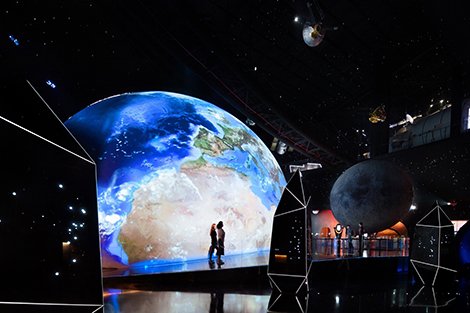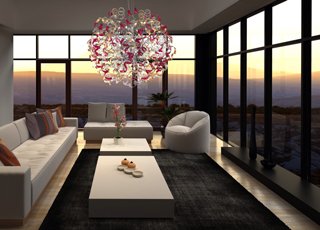Virtual reality in architecture
The importance of using advanced technologies, such as virtual reality, in the architectural scene is becoming increasingly necessary. No matter how beautiful a rendered image is, it can never sufficiently express the scale and mood of a project as a whole, reinforcing the need to embrace the usage of these technologies at a professional practice level.
Architects who choose not to include virtual reality technology in their design process are significantly disadvantaged. The issue is no longer one of accessibility, as VR is now a viable option for architects of all backgrounds.
Head-mounted displays (HMDs) have the possibility to transform how architects and designers conceive and express their ideas long before things are even created. Clients may easily be transported into three-dimensional representations of the working design to further immerse themselves, virtually similar to the sensations elicited while engaging in a virtually created world in video games.

Virtual worlds aim to temporarily transport consumers to another reality, a well-constructed environment capable of transmitting subtle things such as emotions, feelings, and sensations; thus, if clients can experience the influx of those emotions before physically standing in the building, it opens up opportunities for changes to be made before committing to a build. The immersive environment in nature gives a considerably more precise portrayal of size, depth, and spatial awareness that is unrivaled in contrast to standard ways of rendering, scale models, or animations. When you, as a designer, have the means to provide the client with the immersive experience and sense of really living the place, your ability to convey design purpose becomes immediately evident and much clearer.
The advantage of using virtual reality is that it can be utilized early in the conceptual stages to investigate further the interactions between different locations, light, structure, and materiality. In comparison with simply looking at a scale model or visual image, the usage of an immersive representation provides for higher quick knowledge and comprehension of key design features. Those who are not associated with the profession of a designer or architect may be unable to understand spatial relationships and scale when viewing a two-dimensional render; however, the use of virtual reality is more universal and can elicit a positive reaction in the same way that physical architecture can.

Let’s see how virtual reality technology is now influencing architecture.
Ennead Architects, based in New York, has used virtual reality to assist customers in seeing both space and data in three dimensions. During the conceptual design and planning stages of the Shanghai Astronomy Museum (2021), VR was widely used to display various colored blocks demonstrating where the building will get a huge amount of light, with redder blocks indicating higher light exposure. The building raises awareness of the primary link to the sun and the earth's orbital motion via size, shape, and light manipulation, providing an immersive experience that places visitors in direct contact with real astronomical phenomena.
Since 2015, ZGF Architects in Portland have had a VR specialist used on more than 50 of their projects and counting. In addition, the team's design principles offer comments on projects while they are involved in VR, allowing the staff to modify the designs in real-time.
In healthcare facilities, where the main goal is to alleviate stress and allow caregivers to spend more time with patients, virtual reality (VR) can greatly influence our capacity to improve navigation and reduce waste, such as travel lengths and time spent looking for supplies. This video tour demonstrates the precision of VR technology when used as a modern design tool.

Urbanist Architecture, based in London, also intends to pioneer the use of virtual reality to assist clients in obtaining maximum realism in seeing what their planned building would look like, even while the property itself is still underway. The goal of Urbanist 4D Reality is to immerse you in the property from their office so that clients may not only "talk the talk" but also "walk the walk" with the architects.
Skidmore, Owings & Merrill Inc, based in California, has been using virtual reality software for several projects since 2015. VR's intuitive nature allows architects to get feedback faster, giving designers and architects alike the ability to instantly make changes that can improve or detract from the design.






